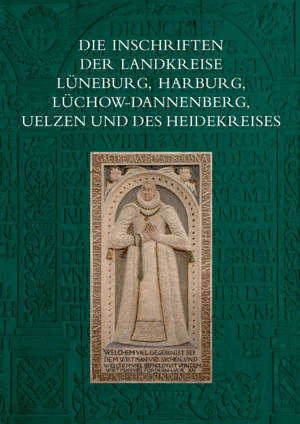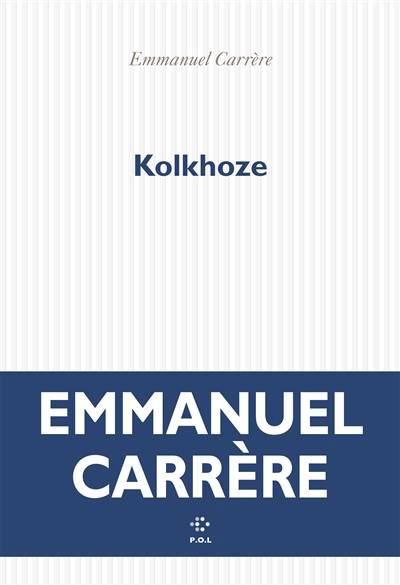
- Retrait gratuit dans votre magasin Club
- 7.000.000 titres dans notre catalogue
- Payer en toute sécurité
- Toujours un magasin près de chez vous
- Retrait gratuit dans votre magasin Club
- 7.000.0000 titres dans notre catalogue
- Payer en toute sécurité
- Toujours un magasin près de chez vous
Die Inschriften Der Landkreise Luneburg, Harburg, Luchow-Dannenberg, Uelzen Und Des Heidekreises
Sabine Wehking
93,95 €
+ 187 points
Description
English summary: In 620 individual articles, this volume contains the annotated edition of inscriptions from five districts [Landkreise] south-west of the Elbe up to the year 1650 covering the northern part of the former Principality of Luneburg. The districts of Luneburg, Harburg, Luchow-Dannenberg, Uelzen and the Heidekreis surround the city of Luneburg and thus also the monastery of St Michaelis with its numerous patronage churches in the villages. A large number of inscriptions illustrate the relationship between the town of Luneburg and its surrounding area. While the inscriptions of the city of Luneburg (DI vol. 100) focus on the patriciate, the inscriptions in the neighbouring districts concentrate on the landed aristocratic families with their manors, family chapels and patronage churches. Other focal points are the Bardowick canonry of St Peter and Paul, the town of Uelzen and the inscriptions referring to the Luneburg dukes and their officials. The introduction to the volume establishes links between the inscriptions and the history of the Luneburg region. It analyses the inscriptions of individual groups of objects such as bells, funerary monuments, church utensils and church furnishings from various points of view. The catalogue entries are arranged chronologically. They provide a description of the object and a reproduction of the texts with the abbreviations broken down. Latin and Low German texts are translated. The subsequent commentary discusses important questions relating to the inscription or the object. Ten indexes make the catalogue section accessible to the reader. An extensive illustration section completes the edition. A special feature of this volume is the list of bells made by the Luneburg foundry family Voss in 1723, edited in an appendix. With 155 bells listed the list provides a detailed insight into the operation of a foundry based in Luneburg. German description: Der Band enthalt in 620 Katalognummern die kommentierte Edition von Inschriften aus funf Landkreisen sudwestlich der Elbe bis zum Jahr 1650 und umfasst den nordlichen Teil des ehemaligen Furstentums Luneburg. Die Landkreise umgeben die Stadt Luneburg und damit auch das Kloster St. Michaelis mit seinen zahlreichen Patronatskirchen in den Dorfern. Die Stadt-Umland-Beziehungen lassen sich vielfach anhand der Inschriften verdeutlichen. Wahrend in den Inschriften der Stadt Luneburg (DI Bd. 100) das Patriziat im Fokus der Inschriften steht, sind es in den umliegenden Landkreisen die landsassigen Adelsfamilien mit ihren Rittergutern, Familienkapellen und Patronatskirchen. Andere Schwerpunkte bilden das Bardowicker Kanonikerstift St. Peter und Paul, die Stadt Uelzen und die auf die Luneburger Herzoge als Landesherren und ihre Beamten verweisenden Inschriften. Die Einleitung des Bandes stellt Bezuge zwischen den Inschriften und der Geschichte des Luneburger Umlands her und wertet die Inschriften einzelner Gruppen wie Glocken, Grabdenkmaler, Kirchengerat und -ausstattungen nach unterschiedlichen Gesichtspunkten aus. Die chronologisch geordneten Katalognummern bieten eine Beschreibung des Inschriftentragers und eine Wiedergabe der Texte unter Auflosung der Abkurzungen. Lateinische und niederdeutsche Texte werden ubersetzt. Im daran anschliessenden Kommentar werden wichtige die Inschrift oder den Inschriftentrager betreffende Fragestellungen erortert. Zehn Register erschliessen dem Leser den Katalogteil. Der umfangreiche Abbildungsteil erganzt die Edition. Eine Besonderheit dieses Bandes stellt die hier im Anhang edierte Glockenliste der Luneburger Giesserfamilie Voss aus dem Jahr 1723 dar. Die Liste gibt mit 155 verzeichneten - teilweise heute noch erhaltenen - Glocken detailliert Einblick in den Betrieb einer in Luneburg ansassigen Giesserei, deren Einzugsgebiet uber die Stadt und ihre Umgebung deutlich hinausreichte.
Spécifications
Parties prenantes
- Auteur(s) :
- Editeur:
Contenu
- Nombre de pages :
- 752
- Langue:
- Allemand
- Collection :
Caractéristiques
- EAN:
- 9783752007336
- Date de parution :
- 22-04-24
- Format:
- Livre relié
- Format numérique:
- Genaaid
- Dimensions :
- 210 mm x 50 mm
- Poids :
- 925 g

Les avis
Nous publions uniquement les avis qui respectent les conditions requises. Consultez nos conditions pour les avis.






